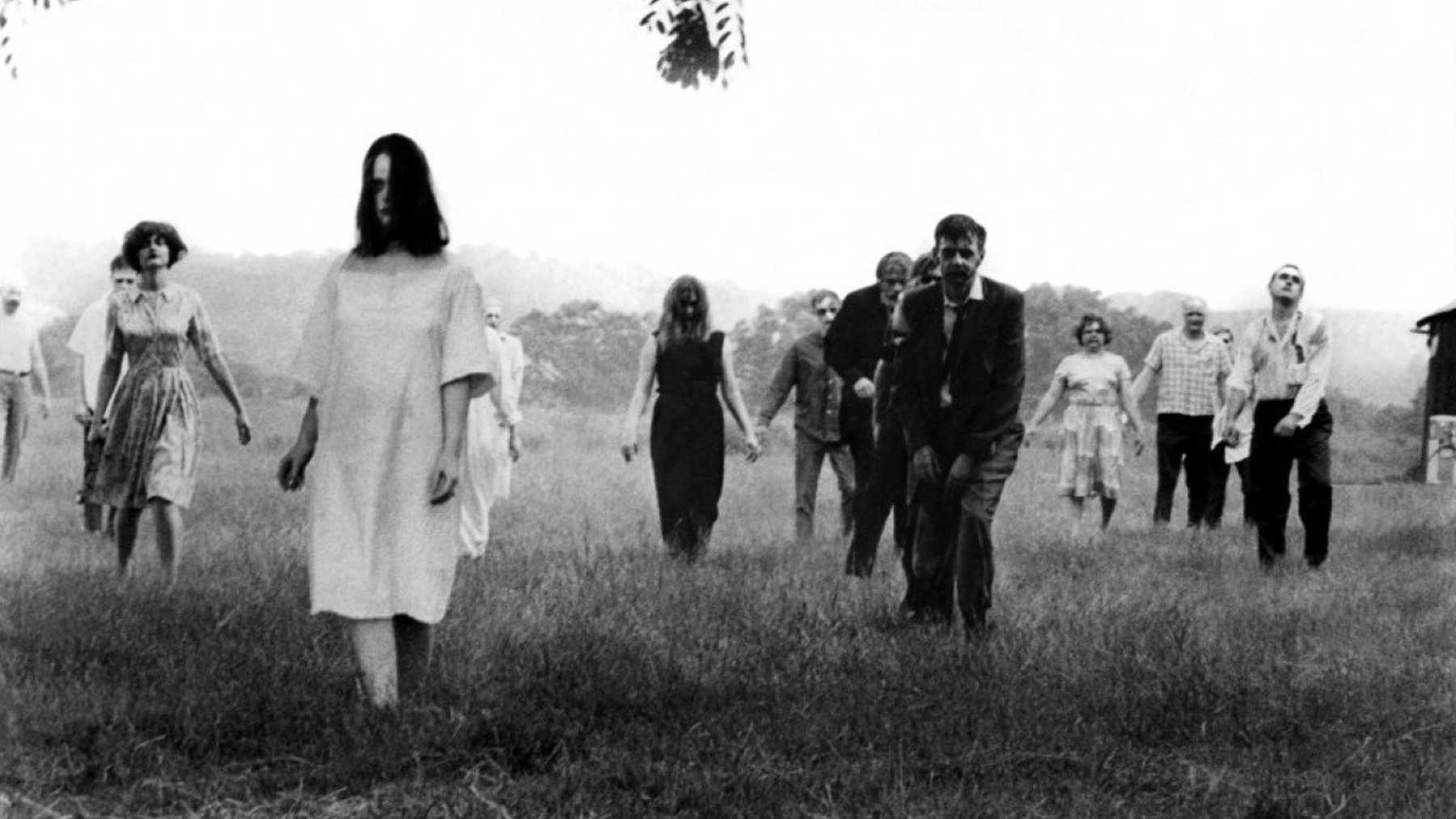
The Exorcist can certainly be called “gratuitous” or “excess” cinema, according to Linda William’s definitions in “Film Bodies: Gender, Genre, and Excess.” This is not only true of the scenes of visual vulgarity of bodily excess (e.g. the crucifix masturbation, the vomiting), but also the scenes of the mother’s grief (the screaming and crying in emotional pain). People lined up on the streets because they wanted a spectacle, and they got one. Some scenes in Night of the Living Dead, such as the child “ghoul” eating her mother, also fit into that category. But Halloween is the first film we’re watching in which blood is, to put it crudely, the point.
On its most superficial level, the slasher, as the tamer predecessor to the torture porn like Saw (2004), is about watching people die brutal and spectacular deaths. Gore is a given. It often feels that the diegetic narrative merely exists as a flimsy framework for the slashing, and generally operates according to a now-familiar formula roughly introduced to the medium by The Texas Chainsaw Massacre (1974), Halloween (1978), Alien (1979), and Friday the 13th (1980).
This is not to say the diegetic narrative is not significant for critical purposes. Halloween has a narrative from which we can derive some meaning as critics—there is, for example, a lot to say here about toxic family dynamics, and the dissolution of the “traditional” family structure, suburbia and suburban flight, masculinity, social views of mental illness, etc.—but there is much more to say about “bodies and excess”: how the camera treats bodies in both life and death, whose bodies are graphically murdered and how, whose bodies survive.
“Kill Counts” for horror films are popular on YouTube, which only further illustrates the centrality of gore above all else. Here is one for Halloween:
As a landmark slasher film, Halloween also gives us one of the earliest instances of the trope of The Final Girl, as defined by Carol Clover in her oft-cited “Her Body, Himself”:
The one character of stature who does live to tell the tale is of course female. The Final Girl is introduced at the beginning and is the only character to be developed in any psychological detail. We understand immediately from the attention paid it that hers is the main story line. She is intelligent, watchful, level-headed; the first character to sense something amiss and the only one to deduce from the accumulating evidence the patterns and extent of the threat; the only one, in other words, whose perspective approaches our own privileged understanding of the situation. We register her horror as she stumbles on the corpses of her friends; her paralysis in the face of death duplicates those moments of the universal nightmare experience on which horror frankly trades. When she downs the killer, we are triumphant. She is by any measure the slasher film’s hero. This is not to say that our attachment to her is exclusive and unremitting, only that it adds up, and that in the closing sequence it is very close to absolute.
The first Final Girl is arguably Sally Hardesty from The Texas Chainsaw Massacre, a film that never enjoyed the mainstream popularity as Halloween. Here is her rather stressful and chaotic escape from captivity:
Sally may be the “first,” but decades later, Laurie Strode remains our most iconic Final Girl, followed by Ellen Ripley in Alien (which we watch next week). One aspect to consider here is her relative androgyny, a trait that Ripley shares to an even greater extent. These two Final Girls maintain both feminine and masculine characteristics, in stark contrast to both Sally and the women (or “girls”) in supporting roles in their respective films. Moreover, unlike Sally, they are afforded weapons that they use against their attackers. Knives in particular are phallic, and the tools of literal castration, placed in “female” hands, and this element alone drives a lot of psychoanalytic criticism of the slasher film.
From the late 70s through the 80s, the slasher film dominated US horror cinema. It is worth considering the social, cultural, and political elements that may have contributed to the formulation and sustainability of this trend as you work through your responses to the film. For instance, what might be the sociocultural impetus for the Final Girl? Why is she “born” in the late 70s?
Addendum
With Clover’s contribution—an essential piece in horror criticism—we are firmly in the trenches of psychoanalytic feminism, which uses a lot of terms from Lacan. I know this is likely difficult material if you haven’t had an introduction to theory. Here are some resources to help you better understand her theoretical framework and the terms she is using:
Primer on Psychoanalytic Feminism
A Brief Glossary of Terms (e.g. “gaze”)

